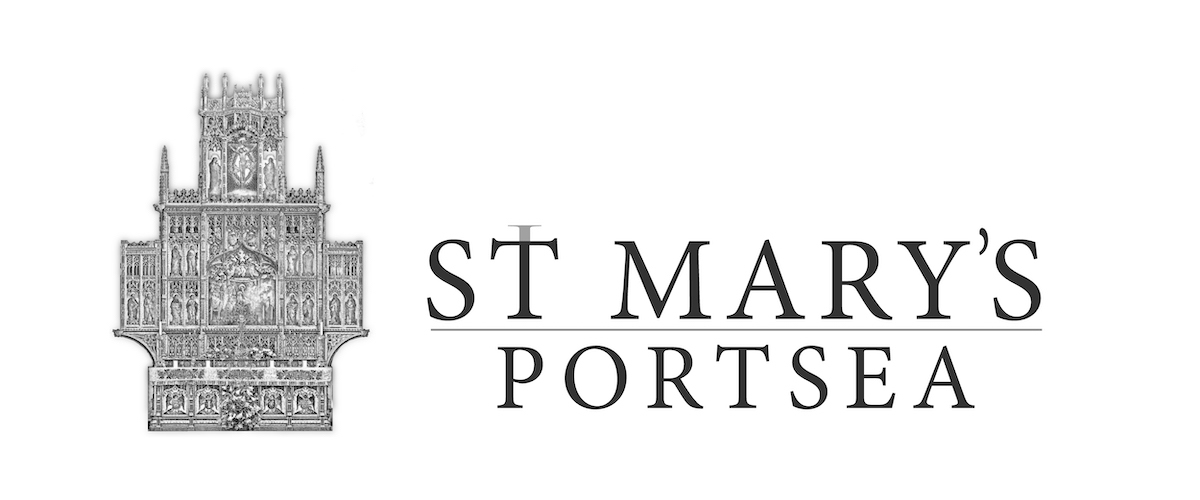The grand Victorian church of St Mary’s is, for many, an indelible part of life in the city of Portsmouth. As an instantly recognisable part of the Portsmouth skyline, the church has played a part in the lives of many people, both as a place of worship and as a community resource, over many years. The magnificent organ of St Mary’s is a tangible visual and aural part of that heritage.

History of the Organ
The organ of St Mary’s, Portsea is an integral part of Canon Edgar Jacob’s grand vision for ‘a mother church of Portsea Island…(standing as) a beacon to the city of Portsmouth’. In 1888 plans for an organ to match the scope and scale of the new building were drawn up. The firm of J. W. Walker was selected to provide a new instrument for the building with Dr George Martin, organist of St Paul’s Cathedral, acting as consultant. Plans were made for a grand four manual instrument, but funds were scarce. The result was a three manual instrument of thirty-eight speaking stops, albeit with a four manual console (the redundant manual was for many years used as a bookshelf), which was completed in October 1892. The church architect, R. A. Blomfield, had designed an organ case, but this was not installed for another nine years.
By 1939, plans were made for an overhaul of the instrument, which had been left in a poor state for many years. However it was not until 1957 that an appeal was launched. Walkers were asked to prepare a scheme for rebuilding the instrument, including a complete modernisation of action, a new console, tonal changes (including remodelling the mixtures to modern lines), changing of pitch, increasing the manual compass to 61 notes and pedal compass to 32 notes, and greatly expanding the pedal section (through borrowings and extensions). The cost of this was to be £10,000, and this was beyond what the Parish could afford. As a result a more conservative rebuild was considered, including restoring the pipework, revoicing of the reeds, lowering of pitch and installing new electro-pneumatic action. The old Victorian console was discarded and a modern console was installed. The old Barker-lever action was also removed.
In 1981 the organ was further overhauled and cleaned by the local firm of George Martin and Partner. A solid state piston system was installed, with two memories.
The Organ today
Cecil Clutton, writing in The Organ in 1965, described the organ as being “…tonally…the final achievement of 19th century British organ building…with only thirty-eight speaking stops (the organ) achieves as much as almost any cathedral organ and more than most…The classical approach to organ building survived in England for longer than it did under Cavaillé Coll’s influence in France, and the Portsea organ represents its final fusion on equal terms with the romantic school, before the latter took charge and decadence set it. There are, indeed, all the seeds of decadence at Portsea, but the short period preceding decadence is usually a very exciting one…and this organ at Portsea is without question exciting.”
The organ therefore represents Victorian organ building at its peak, and due to good fortune survives relatively unchanged. However, after nearly one hundred and twenty years she showed signs of her age and and has had a major renovation largely funded by the National Lottery Heritage Fund.
Further information about the organ and its renovation process can be seen on The Organ Project website.
